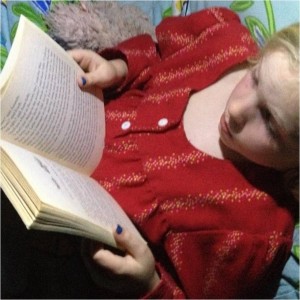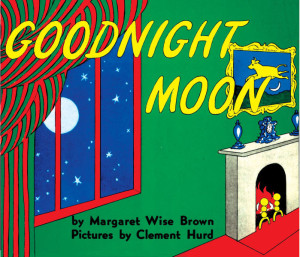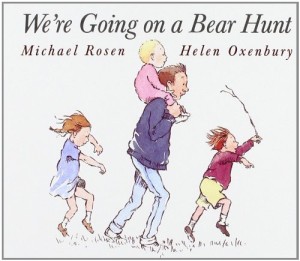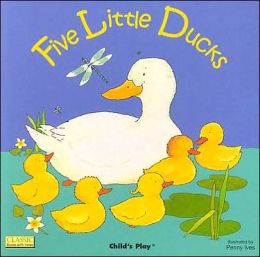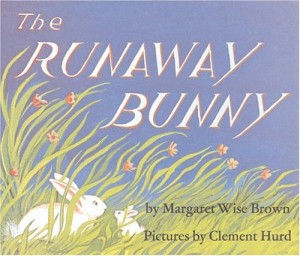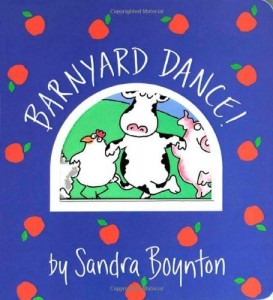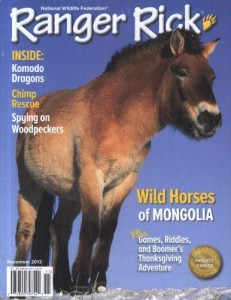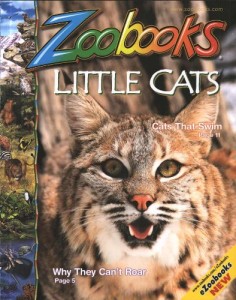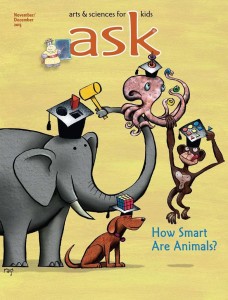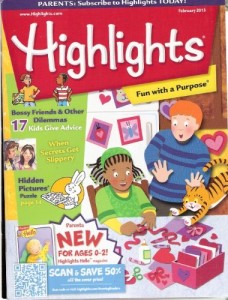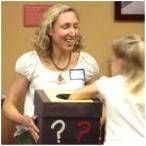You can prepare your child before the age of two to become an early reader. In my upcoming blogs, I will recommend activities for you and your pre-two-year-old child. You will learn fun activities that are age appropriate and will build skills as your child reaches each monthly milestone.
Seeing your child read at the age of two and a half is quite exciting! It was for me with my own daughter. The ability of a child so young to read and spell words is amazing. Nothing will prepare you for the first realization that your young child is reading.
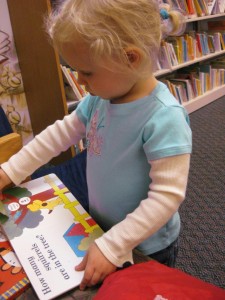 My first experiences include my daughter in the checkout line at the grocery reading the names of different candies. People would ask, “Is she reading that?”
My first experiences include my daughter in the checkout line at the grocery reading the names of different candies. People would ask, “Is she reading that?”
After seeing Bella begin to read at such an early age and later watching students in my own practice with the same capacity, I now truly believe that children as young as two can begin to read and even spell words given the right training. My upcoming series will introduce you to some of the activities I used with my daughter as she grew and matured in her first two years.
These activities will include fun games such as consonant/vowel babble copycat at six months – where your child initiates a sound, like “ma,” and you repeat that same sound – and then eventually you initiate a sound, and your child repeats the sound. Or at nine months, beginning to create for your child a first wordbook to document the first hundred words that your child learns and says. Your child will love to look back at their first wordbook when he or she is six or seven.
So my series of blogs will start with activities for month one and continue with activities for each month until month twenty-four. These month-to-month activities will be fun and hands on. Look forward to hearing from you about any activities you do with your infant to help promote early reading.






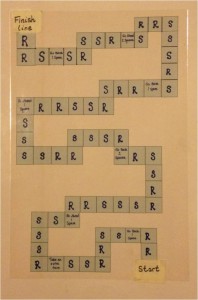
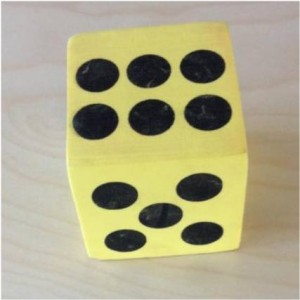
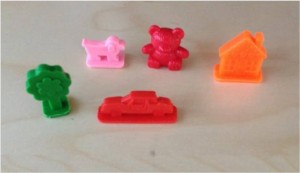
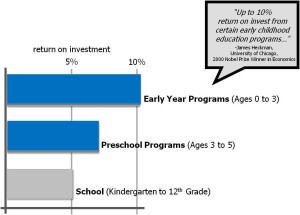

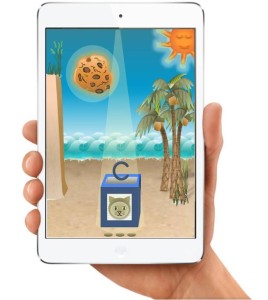
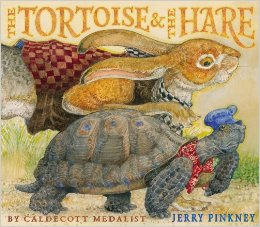
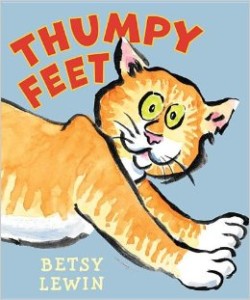
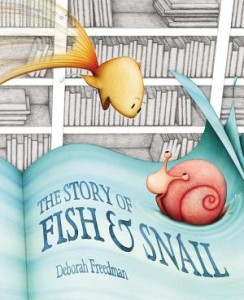
 Zaner Bloser Manuscript Model – 2010 (A-Z and Numbers)
Zaner Bloser Manuscript Model – 2010 (A-Z and Numbers)